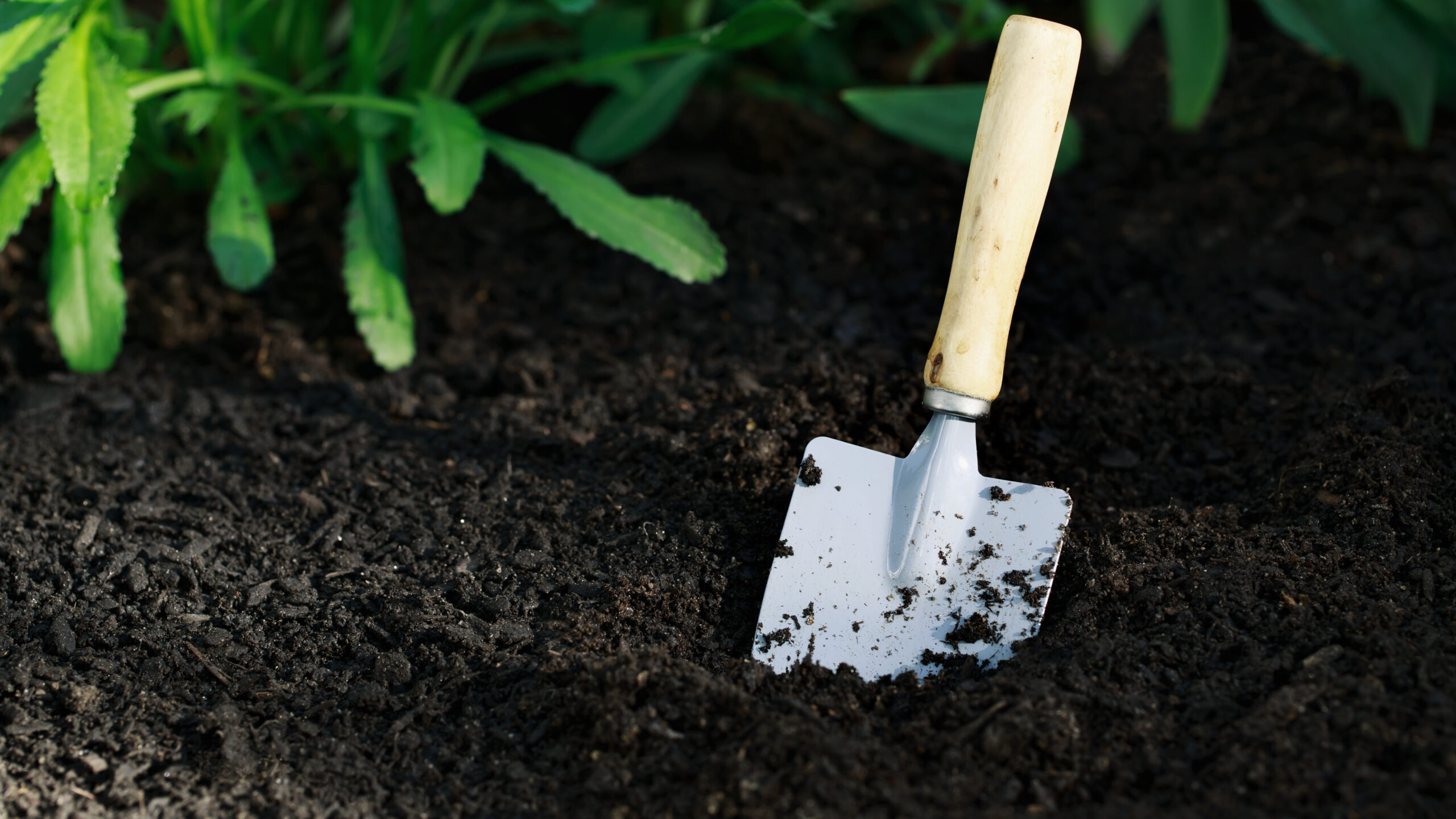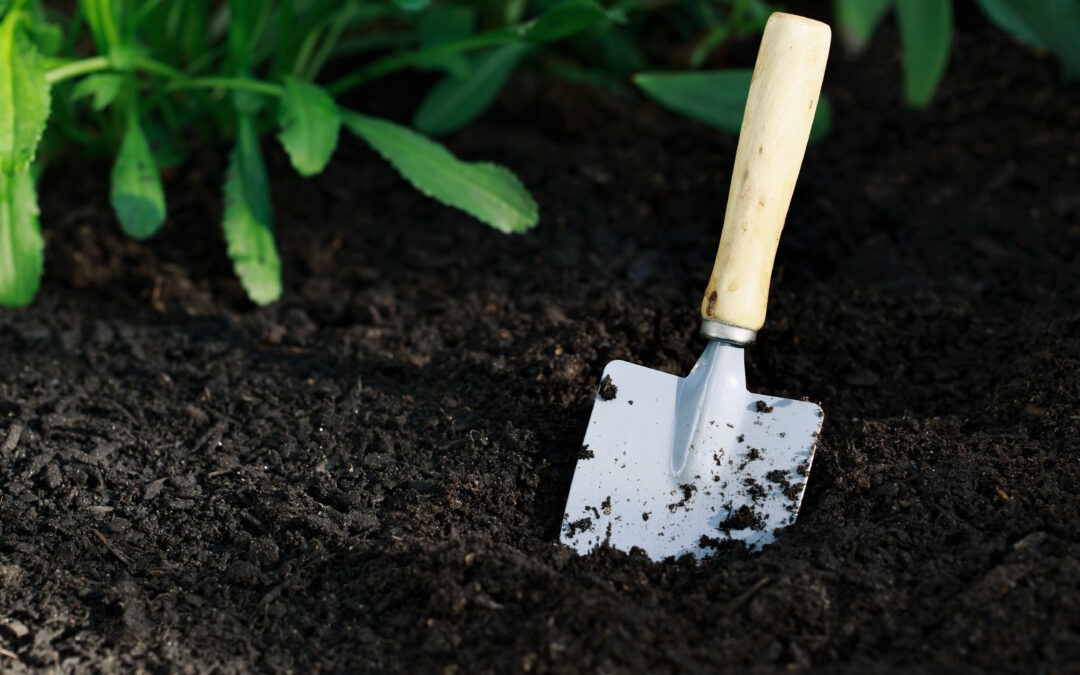If you’re looking for ways to live more sustainably and reduce your carbon footprint, consider transforming your backyard into a thriving home farm. With the right planning and execution, you can grow your own fruits, vegetables, herbs, and even raise small livestock like chickens or rabbits. In this article, we will explore five steps to help you create a successful home farm that provides fresh produce while also benefiting the environment.
Introduction: What is a Home Farm and Why You Should Consider Creating One
A home farm is a small-scale agricultural system designed to provide food for a family or community. It typically involves growing crops and raising animals in a residential area. By creating a home farm, you can enjoy the benefits of fresh, organic produce while reducing your reliance on grocery stores and supermarkets. Additionally, home farming can be an excellent way to connect with nature, learn new skills, and contribute to a more sustainable future.
The Benefits of Having a Home Farm
There are many reasons why people choose to create a home farm. Here are just a few benefits:
Get More Homesteading and Self-Reliance Tips. Subscribe!

1. Fresh, Organic Produce: Growing your own fruits and vegetables ensures that you have access to fresh, healthy, and organic produce year-round.
2. Reduced Carbon Footprint: By growing your own food, you can significantly reduce your carbon footprint by eliminating the need for transportation and packaging associated with store-bought produce.
3. Cost Savings: Homegrown produce can save you money on your weekly grocery bill, especially when it comes to expensive items like berries and tomatoes.
4. Self-Sufficiency: Raising small livestock like chickens or rabbits can provide you with a steady supply of meat, eggs, and dairy products.
Choosing the Right Plants for Your Climate and Soil Type
One of the most critical aspects of creating a successful home farm is choosing the right plants for your climate and soil type. Here are some tips to get started:
1. Research Local Plant Varieties: Start by researching which plant varieties thrive in your local climate and soil conditions. This information can be found through online resources, garden centers, or talking to other experienced gardeners in your area.
2. Test Your Soil: Before planting anything, test your soil to determine its pH level and nutrient content. This will help you identify any deficiencies and adjust your planting strategy accordingly.
3. Choose Drought-Tolerant Plants: If you live in an arid region, opt for drought-tolerant plants that require less water, such as succulents, cacti, and native grasses.
How to Create an Irrigation System on a Budget
An efficient irrigation system is essential for keeping your home farm thriving during dry spells. Here are some cost-effective strategies for creating an irrigation system:
1. Use Drip Irrigation: Drip irrigation systems deliver water directly to the roots of your plants, minimizing waste and maximizing efficiency. They can be installed using PVC pipes and emitters.
2. Collect Rainwater: Install rain barrels at the end of your downspouts to collect runoff from rainstorms. This free source of water can be used to supplement your irrigation needs.

3. Use Mulch: Applying mulch around your plants helps retain moisture in the soil, reducing the amount of water needed to keep them healthy.
Tips for Pest Control in a Small-Scale Garden
Pests can wreak havoc on your home farm, but there are natural and effective methods for controlling them without resorting to chemical pesticides:
1. Attract Predators: Encourage predator insects like ladybugs and lacewings to take up residence in your garden by providing them with habitat and food sources.
2. Use Neem Oil: Neem oil is a safe and effective botanical insecticide that repels a wide range of common garden pests.
3. Rotate Crops: Rotating your crops each season disrupts the life cycle of pests and reduces their ability to establish themselves in your garden.
Harvesting and Preserving Your Homegrown Produce
Once your plants start producing fruit, it’s time to harvest and preserve your bounty. Here are some ideas for preserving your homegrown produce:
1. Freeze Fruit: Berries, peaches, and other soft fruits can be frozen whole or pureed and stored in the freezer for later use.
2. Can Vegetables: Tomatoes, green beans, and other veggies can be blanched and then canned using a boiling water bath method.
3. Make Jam: Ripe summer fruits like strawberries and raspberries make delicious jam that can be enjoyed all year long.
Making the Most Out of Limited Space with Vertical Gardens
For those with limited space, vertical gardens offer a solution for growing more produce in less square footage. Here are some creative ways to incorporate vertical gardens into your home farm:
1. Build a Trellis: A simple wooden trellis can support vining plants like squash, melons, and cucumbers, making maximum use of available sunlight.
2. Hang Planters: Wall-mounted planters or hanging baskets can hold a variety of herbs, greens, and even small fruits like cherry tomatoes.
Using Permaculture Principles to Design Your Home Farm
Permaculture is a design philosophy based on principles of sustainability and self-sufficiency. Here are three key permaculture principles to consider when designing your home farm:
1. Observe and Interact: Take note of patterns in your environment and how they change over time. This will inform your decisions about what to plant and where to place it.
2. Catch and Store Energy: Maximize the potential of every element in your landscape by capturing and storing energy in the form of water, heat, and nutrients.
3. Use Edges and Value the Marginal: Look for opportunities to create edges between different elements in your landscape, such as between a garden bed and a pathway. These areas often provide unique growing conditions that can benefit certain types of plants.
Community Supported Agriculture (CSA) Programs and Their Benefits
Finally, if you’re interested in taking your home farming efforts to the next level, consider joining or starting a Community Supported Agriculture (CSA) program. CSAs allow consumers to buy shares in a local farm’s harvest, receiving regular deliveries of fresh produce throughout the growing season. Some benefits of participating in a CSA include:
1. Fresh, Seasonal Produce: Members receive a weekly or biweekly delivery of fresh, locally grown produce that is in season.
2. Support Local Farms: By supporting local farmers, you are helping to build a stronger, more resilient food system that benefits both producers and consumers.
3. Reduce Food Miles: Because the produce is sourced locally, members can reduce their carbon footprint by consuming food that has traveled fewer miles to reach their plate.



